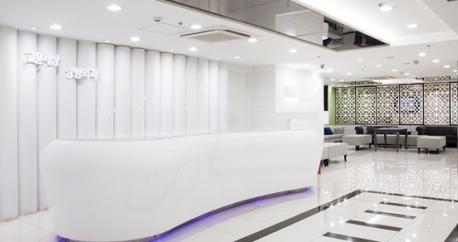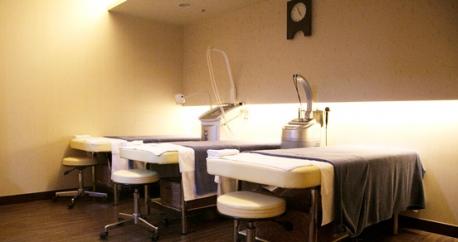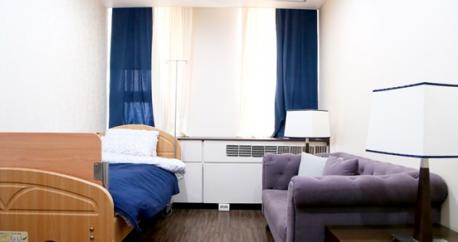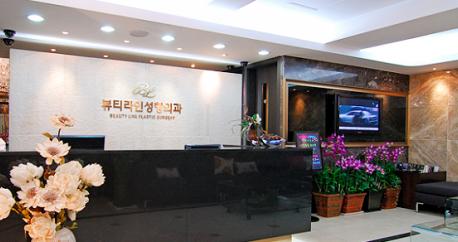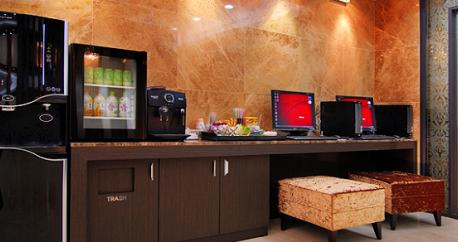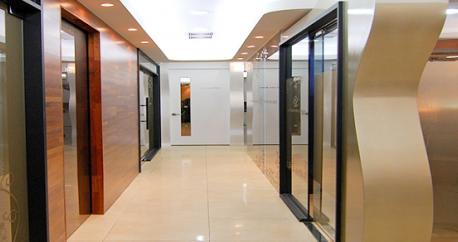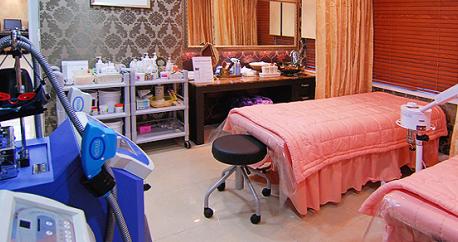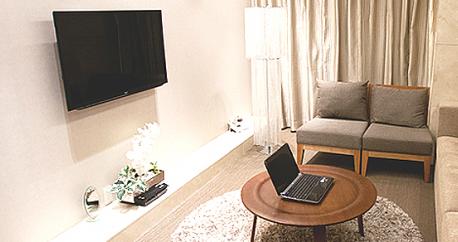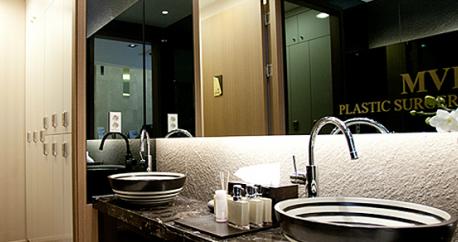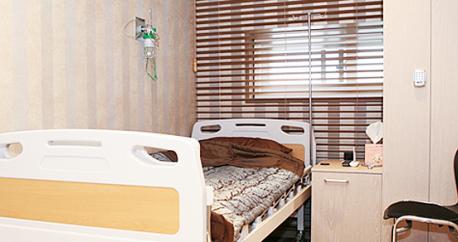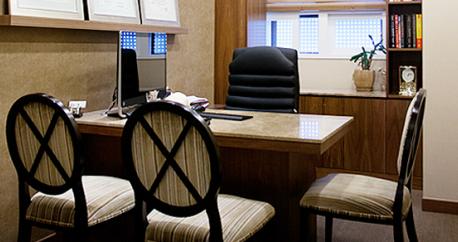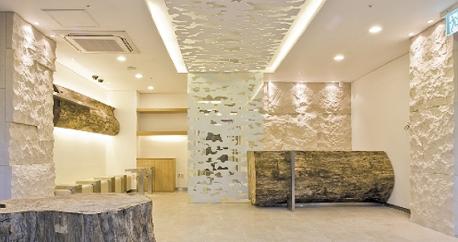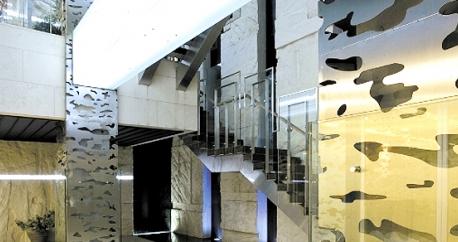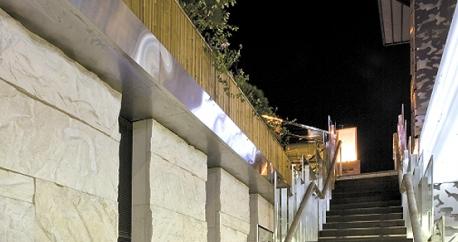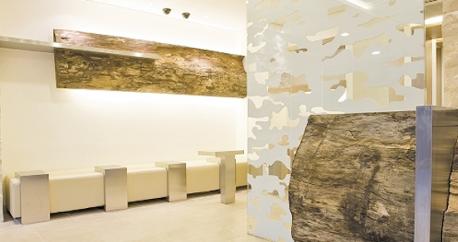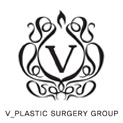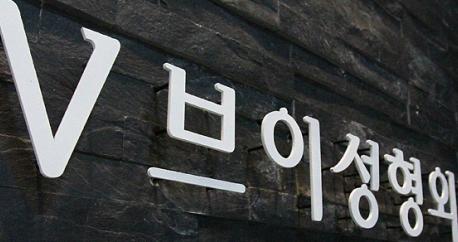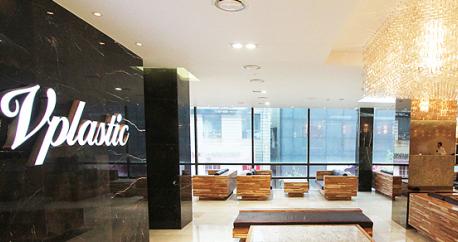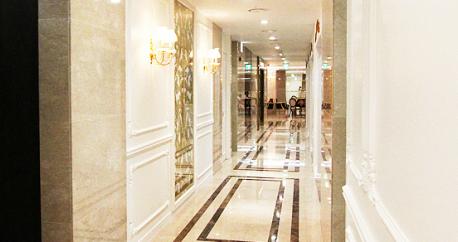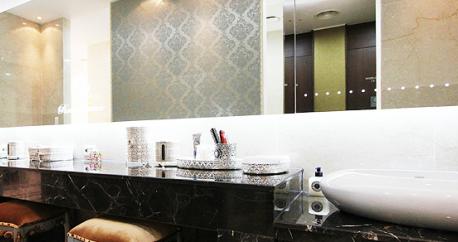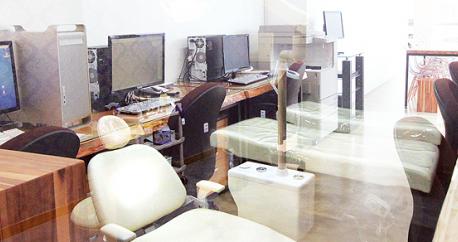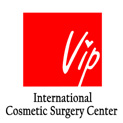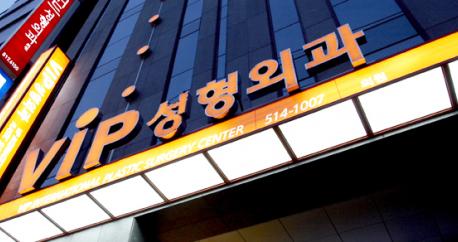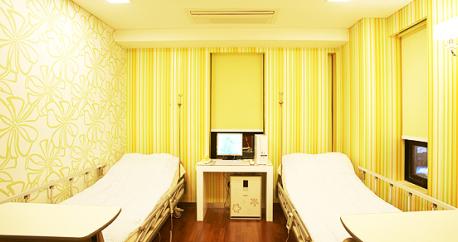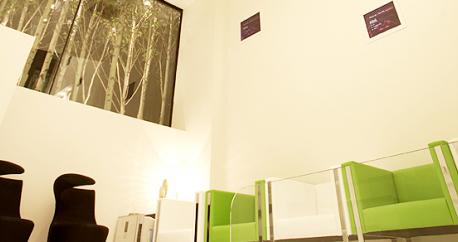Rhinoplasty(Nose Job) is the most common cosmetic surgery procedure which reshapes the nose. When the doctor makes small incisions at the base of the nose, the procedure is called an open rhinoplasty, ideal for major nose reshaping. When the surgeon performs the surgery from the inside of the nose, it is a closed rhinoplasty which is best for minor reshaping. Depending on the changes you want, the type of surgery you undergo will vary. Most people want to change the upper part of the nose, the tip or even both.
Height Enhancement
It is the surgical operation to elevate nose height by inserting silicone or other types of implants through a small incision made on the mucous membrane inside the nose.
Who are the ideal candidates for height enhancement?
- Those with flat nose
- Those who have low nasal bridge
- Those whose eyes are far apart
Procedure
After the patient is placed under anesthesia(local anesthesia or general anesthesia), an incision is made on the inner part of the nose to insert the implants.
- 1. Support cartilage of nasal tip : Use nasal septum cartilage to fix the height of the nasal tip.
- 2. Elevate nasal tip : Place cartilage on the top of the existing cartilage of nasal tip to elevate its height.
- 3. Elevate nasal bridge : Insert the implant on the nasal bridge to shape up the nose.
* Implant is placed between the nasal bone and periosteum which covers the bone to heighten patients' nose, and the silicone implant is generally used for this procedure. Patients' dermis fat or cartilage tissues can be used instead of silicone implant depending on the nose shapes.
Non-Surgical Petite Rhinoplasty
Simple method of using filler injection without making any incisions. The filler is injected on the nasal bridge to elevate the height of flat nose.
Shape Adjustment
It is the surgical operation to modify a aquiline, crooked, snub or hawk nose by sculpting nasal bone to its desirable shape or inserting implants.
Who are the ideal candidates for shape adjustment?
Aquiline Nose (a.k.a Hook nose, roman nose)
Those with a nose with a prominent bridge, giving it the apprearance of being curved or slightly bent.
Crooked Nose
Those whose nasal bridge is crooked or bent to the side which often causes nasal congestion.
Snub Nose
Those whose nostrils are exposed due to the greater nasolabial angle - the angle between nasal tip to upper lip - over 110 degrees.
Hawk Nose
Those whose nasal tip is long and drooping which creates narrow nasolabial angle.
Procedure of Shape Adjustment
Aquiline Nose
- ① Nasal Hump Excision: The prominent hump is shaved off using knife and osteotome.
- ② Elevating Nasal Tip: Reposition drooping nasal tip cartilage by placing nasal septum cartilage over it.
- ③ Narrowing Nasal Bridge: Apply pressure to eliminate the empty space created on the nasal bridge after shaving off the nasal hump.
Crooked Nose
- ① Crooked Cartilage Removal: Remove crooked nasal septum cartilage & bone with a knife & osteotome.
- ② Cartilage Shape Correction: Correct cartilage shape by applying fine scratches on the bent surface.
- ③ Nose Shape Correction: Separate outer surface of nasal bone from the both sides through the incision made inside the nose to correct the shape.
Snub Nose
- ① Lengthening Nasal Tip Cartilage: Pull upturned cartilage on the nasal tip downward to be fixated.
- ② Elevating Nasal Tip: Place nasal septum cartilage on top of nasal tip cartilage to elevate the height.
- ③ Elevating Nasal Bridge: Use short silicone implant to heighten low nasal bridge.
Hawk Nose
- ① Lifting drooping Nasal tip Cartilage: Rotate nasal tip cartilage upwards to shorten the length of nasal bridge and fixate its position.
- ② Elevating Nasal Tip: Place nasal septum cartilage on top of the rotated cartilage to elevate nasal tip.
- ③ Correcting Nose Height: Correct nose height appropriately in accordance with the height of nasal tip. Nasal implant can be used to adjust the height when the nasal bridge is low.
Reduction Rhinoplasty
Reduction Rhinoplasty is the surgical operation that reduces the width of the nasal floor, the span of nasal wings and nostrils size.
Who are the ideal candidates for reduction rhinoplasty?
- Big Nose: Those who have big nasal bone that looks flared out.
- Big Nostrils: Those with big nostrils because of a flat nose.
- Big Nasal wings: Those with big or flaring nosewings.
Procedure of Reduction Rhinoplasty
Big Nose/Nostrils
Shave off the excessive amount of nose bone along the outer side to create slimmer profile. (Advantage: It leaves no visible scars since the incision is made on the inner side of mucous membrane, thus, patients may resume their daily activities quickly.)
Big Nasal Wings
The incision is made on the bottom of the nosewings, thus, leaving less surgical scars and reducing nosewings effectively.
- ① After designing the surgical area around the nasal wing, the patient is placed under local anesthesia.
- ② Remove the skin after making an incision according to the design.
- ③ Suture the remaining nosewing tissues to reduce the width.
Rhino Tip Plasty
Tip plasty is a procedure that modifies the shape of the nasal tip that is either too wide, boxy, bultous or narrow.
Who are the ideal candidates for rhino tip plasty?
- Those with stumpy nasal tips
- Those with droopy nasal tips
- Those who have an awkwardly shaped nasal tip due to the result of improper rhinoplasty surgery
Procedure of Rhino Tip Plasty
- ① Create a desirable nasal tip shape by placing cartilage or implant.
- ② Suture the area to fixate implant with existing nasal septum cartilage.
Types of Nasal Implants
Silicone
- Most common type of implant for rhinoplasty
- The shape does not get deformed or absorbed into the tissue after the surgery, thus, it is able to create the most beautiful profile.
Gore-Tex
- It has been used in vascular surgery for a long time due to its safeness
- It has softer texture compared to silicone implant
- However, the size of implant may be decreased by 40% over time
- Goretex adheres to body tissue which makes it hard to remove when reoperation is needed, and the skin may become very thin when removed.
MedPore
- It is similar to artificial bone which can substitute the cartilage when extending nasal septum.
AlloDerm
- There will be less rejection reaction
- Prefabricated material for easy transplantation with thorough management and sterilization at the tissue bank to remove any pathogenic and antigenic agents
- Mainly substitutes cartilage
- Softer than cartilage
Autologous Cartilage
- Nasal Septum Cartilage, which has no curves unlike ear cartilage, is mainly used to elevate nose or extend the length
- Ear Cartilage has the similar round shape with the nasal tip, thus, natural looking nasal tip can be built.
- Thick graft in 3 layers is possible
Autologous Dermis, Fat, Fascia, Rib Graft
- Dermis Graft: Uses dermis on the crease between the butt cheeks
- Fat Graft: Micro-fat graft or fibrolipoma graft mainly used on the nasal bridge
- Fascia Graft: Uses thick collection of the temporal fascia above the ear
- Rib Graft: Uses the collection taken from the ribs
Post Management of Rhinoplasty
- You may experience nose bleed for a day or two. Wipe gently with tissue.
- Avoid blowing your nose vigorously.
- Do not remove gauze or taping on the nose voluntarily.
- Massaging with a cold pack is good for relieving swelling on the day of/after surgery.
- Avoid smoking and drinking alcohol for about 1 month after surgery.
- Avoid wearing glasses or sunglasses for about 1 month after surgery.
KMH Recommended Tips
How do I prepare for my Rhinoplasty/Nose Job surgery?
- Avoid saunas for about 1 month.
- Smoking and drinking is restricted for about 1 month.
- Massage with cold pack for 3~5 days.
- Massage with hot pack for 2 weeks starting from 3~5 days after the surgery when there is no heat on the treated area.
- Start washing the face the day after removing sutures.

